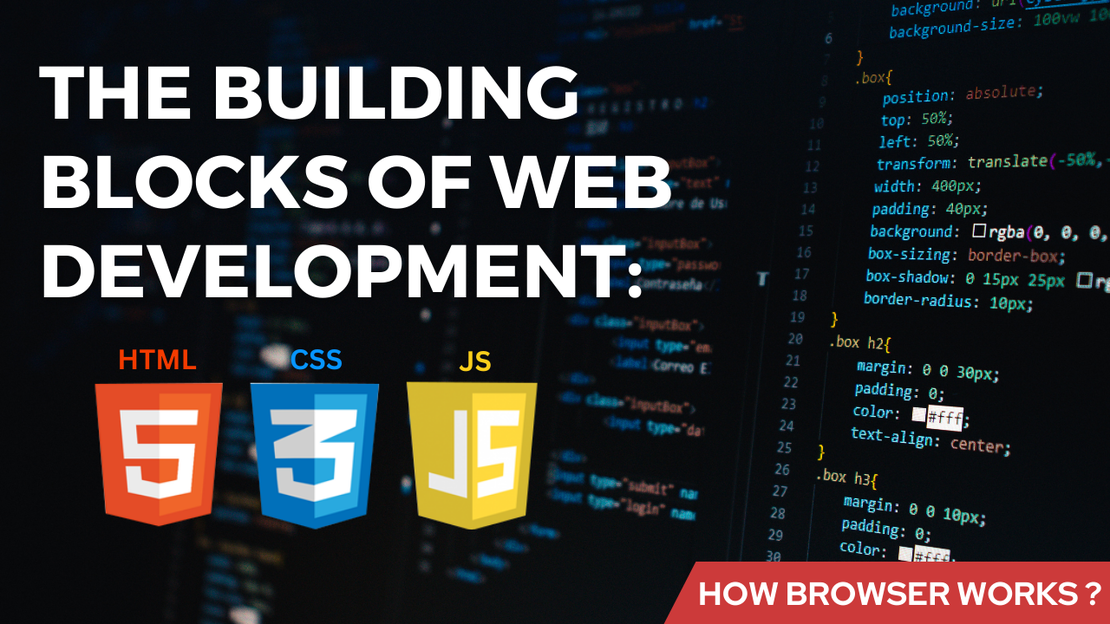
Text Classification Using the Naive Bayes Algorithm in JavaScript
- Beta Priyoko
- Java script , Machine learning , Algorithms , Es6 , Web development
- September 18, 2024
Introduction:
In this article, we will explore the Naive Bayes algorithm for text classification and how to implement it using JavaScript ES6 classes. Naive Bayes is a simple yet effective classification algorithm based on probability theory, widely used for natural language processing tasks like spam detection, sentiment analysis, and document categorization.
We will go through the theory behind the algorithm, break it down step by step, and implement it in a class-based structure. By the end of this tutorial, you’ll understand how to build a Naive Bayes text classifier in JavaScript.
What is the Naive Bayes Algorithm?
Naive Bayes is a probabilistic classification algorithm based on Bayes’ Theorem. It works by calculating the probability of a given input belonging to a particular class. The “naive” part comes from the assumption that all features (words in the case of text) are independent, which simplifies the calculation. Even though this assumption may not always hold, Naive Bayes often performs well in practice.
Bayes’ Theorem:
The core formula behind Naive Bayes is Bayes’ Theorem:
[ P(C | X) = \frac{P(X | C) \cdot P(C)}{P(X)} ]
Where:
- P(C | X): The probability of class C given the input X.
- P(X | C): The probability of input X occurring given the class C.
- P(C): The prior probability of class C.
- P(X): The total probability of input X across all classes.
The goal of the algorithm is to find the class with the highest probability for a given input.
Step-by-Step Breakdown of Naive Bayes for Text Classification:
1. Tokenization:
The first step is to split the input text into individual words, known as tokens. This helps the algorithm understand the composition of the text.
2. Calculate Priors (P(C)):
We calculate the prior probability for each class. The prior is simply the frequency of a class in the training dataset divided by the total number of documents.
3. Calculate Likelihood (P(X | C)):
For each word in the input text, we calculate the likelihood, which is the probability of the word occurring in a particular class. We also apply Laplace smoothing to handle words that may not appear in the training data.
4. Multiply the Probabilities:
Using logarithms to avoid underflow issues with very small probabilities, we multiply the likelihoods of each word by the prior for that class.
5. Classify the Document:
Finally, we choose the class with the highest computed probability.
Naive Bayes Classifier Implementation in JavaScript (ES6 Classes)
Here’s how you can implement the Naive Bayes classifier using ES6 classes:
class NaiveBayesClassifier {
constructor() {
this.wordCount = {};
this.categoryCount = {};
this.vocabulary = new Set();
this.totalDocuments = 0;
}
// Tokenizes the text into words
tokenize(text) {
return text
.toLowerCase()
.replace(/[^\w\s]/g, '') // Remove punctuation
.split(/\s+/); // Split by spaces
}
// Trains the classifier with a document and its category
train(document, category) {
const tokens = this.tokenize(document);
if (!this.categoryCount[category]) {
this.categoryCount[category] = 0;
this.wordCount[category] = {};
}
// Increment category count
this.categoryCount[category]++;
this.totalDocuments++;
// Count words for the category
tokens.forEach((word) => {
this.vocabulary.add(word);
if (!this.wordCount[category][word]) {
this.wordCount[category][word] = 0;
}
this.wordCount[category][word]++;
});
}
// Calculate the probability of a word given a category
wordProbability(word, category) {
const wordFrequencyInCategory = this.wordCount[category][word] || 0;
const totalWordsInCategory = Object.values(this.wordCount[category]).reduce(
(acc, count) => acc + count,
0
);
// Laplace Smoothing to avoid zero probabilities
return (wordFrequencyInCategory + 1) / (totalWordsInCategory + this.vocabulary.size);
}
// Classify a new document
classify(document) {
const tokens = this.tokenize(document);
let categoryScores = {};
for (const category in this.categoryCount) {
// Calculate the prior probability
categoryScores[category] = Math.log(this.categoryCount[category] / this.totalDocuments);
// Calculate the likelihood for each word
tokens.forEach((word) => {
categoryScores[category] += Math.log(this.wordProbability(word, category));
});
}
// Return the category with the highest score
return Object.keys(categoryScores).reduce((a, b) =>
categoryScores[a] > categoryScores[b] ? a : b
);
}
}
Explanation of the Code:
tokenize(text):- This method processes the input text by converting it to lowercase, removing punctuation, and splitting it into individual words. Tokenization is essential for extracting features from the text.
train(document, category):- This method updates the model by adding the document’s tokens to the word count for the given category. It tracks the number of documents per category and the vocabulary (unique words encountered).
wordProbability(word, category):- This method calculates the probability of a word occurring in a specific category using Laplace smoothing to handle words that may not appear in the training data.
classify(document):- This method classifies a new document by calculating the probabilities for each category. It uses the logarithm of probabilities to avoid issues with very small numbers. The category with the highest score is chosen as the prediction.
Example Usage:
const classifier = new NaiveBayesClassifier();
// Training the classifier
classifier.train('The weather is sunny and bright today', 'Positive');
classifier.train('It is raining heavily outside', 'Negative');
classifier.train('What a wonderful and sunny day', 'Positive');
classifier.train('The storm is really bad', 'Negative');
// Classifying a new document
const result = classifier.classify('It is a sunny day');
console.log(`The document is classified as: ${result}`);
// Output: The document is classified as: Positive
Conclusion:
The Naive Bayes algorithm is an effective and easy-to-implement classification technique, especially useful for text classification tasks. By using a class-based approach with ES6 features, we can create a flexible and reusable classifier in JavaScript. Whether you’re building a spam filter, sentiment analyzer, or any other text-based classifier, Naive Bayes can be a great starting point.
Feel free to experiment with larger datasets and add more complex preprocessing steps, such as stop word removal or stemming, to improve the performance of your classifier!



